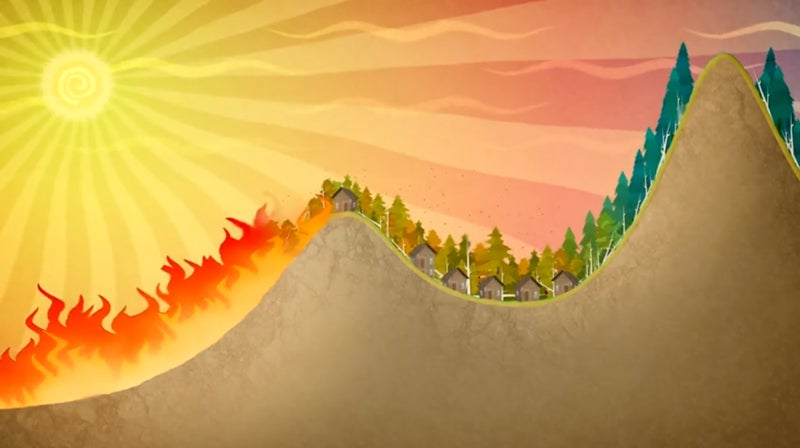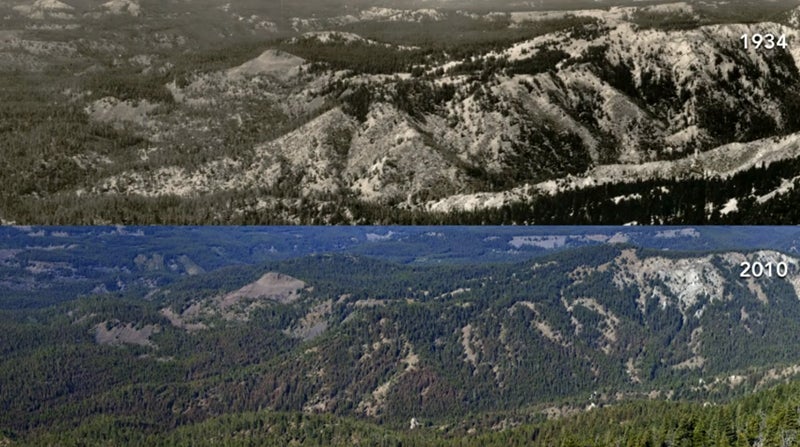Why Have Wildfires Gotten Worse, and What Can We Do About it?
Russ Chastain 11.27.18

This 13-minute video features Paul Hessburg, a research ecologist discussing reasons why wildfires have gotten worse in recent years. Here’s a little about the speaker:
Paul Hessburg is a research ecologist who builds models of historical and modern era conditions in large forests and studies what factors make them behave as they do. In fact, much of his research is trying to decipher what is normal. In his research, Hessburg wants to know how the forests we inherited worked before we changed them. What did “natural” look like, and what specifically did we change about naturalness? What’s still working well, and what could use a hand down?
+++++
Over the last two years, Paul has traveled and spoken to over 100 western US communities about the new era of megafires and what we can do about it. As he says, ‘Unless we change a few of our forest and fire management habits in the US, we will lose many more beloved forests; some won’t recover in our lifetime.’
Before the era of modern forest management, fires were much more common and much less devastating. The native forests we “inherited” were, as a rule, not continuous expanses of trees… but instead more of a patchwork of forests and open areas. When fires raged, they didn’t cause the massive destruction we see in today’s wildfires. They burned off the buildup of leaves and dead wood from the forest floor, reducing the severity of the next fire.

The “Big Burn” of 1910 may have had the greatest effect on America’s fire management outlook. The massive 3-million-acre swath of destruction so frightened forest managers that they began to act as if fire was an enemy and not an effective management tool.
Fire suppression became the go-to method, and we became very good at it. Arguably too good… and eventually, forests became crowded with fire-sensitive trees in such large contiguous areas that little or nothing could be done to stop fires in such areas once they got started.
In addition, more and more houses are being built in these fire-prone areas… which means that when fires do rage, there’s a greater likelihood of homes being destroyed.
The solution? Fight fire with fire — literally. Here in Florida, it used to be called “controlled burning.” Later, someone sobered up and realized there wasn’t always a lot of control going on, and the name was changed to “prescribed burning.” Whatever you call it, it is an excellent tool for reducing fire risk by burning up accumulated fuels under favorable conditions — and at times when wildland firefighters can be on hand to keep the fire confined to the target area.
It’s well worth a watch and listen. Please do, and then tell us what you think in the comments section below.